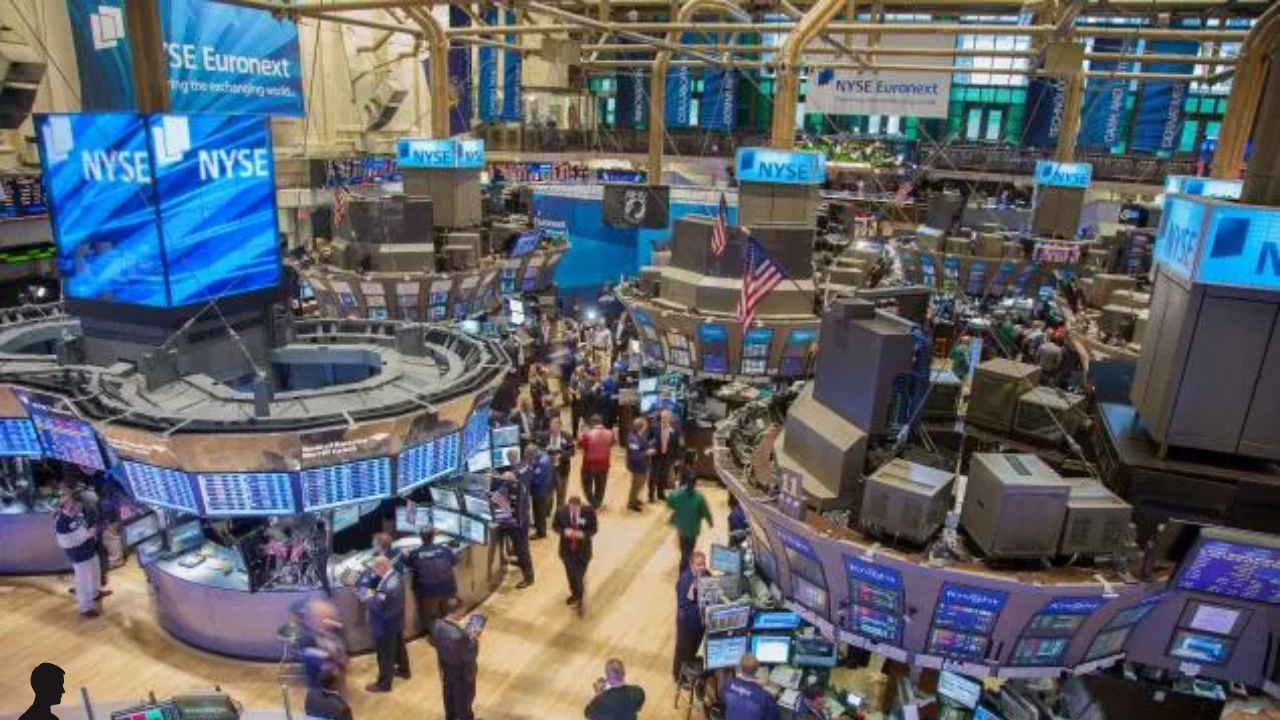
By: Sayan
Published on: May 24, 2025
The U.S. stock market closed lower on Friday, May 24, 2025, as investors grappled with renewed tariff threats from President Donald Trump and growing concerns over the U.S. deficit. The Dow Jones Industrial Average (^DJI) fell 0.61% (256 points) to 41,603.07, the S&P 500 (^GSPC) dropped 0.67% to 5,802.82, and the Nasdaq Composite (^IXIC) slid 1% to 18,737.21. All three major indexes posted weekly losses exceeding 2%, marking a volatile end to the trading week before the Memorial Day break.
This downturn was driven by President Trump's aggressive trade policies, including a proposed 25% tariff on Apple (AAPL) iPhones not manufactured in the U.S. and a 50% tariff on EU imports starting June 1, 2025, as trade talks with the European Union have stalled. Additionally, anxiety over a massive tax bill advancing through Congress has raised fears of a ballooning U.S. deficit, further unsettling investors.
President Trump’s latest tariff announcements sent shockwaves through the markets. On Friday, he targeted Apple (AAPL), stating that iPhones sold in the U.S. must be manufactured domestically to avoid a 25% tariff. This caused Apple shares to drop nearly 3%, contributing to a broader decline in tech stocks. Trump also indicated that similar tariffs could apply to other cell phone manufacturers like Samsung, emphasizing fairness in trade policies.
Additionally, Trump’s threat to impose a 50% tariff on EU imports has heightened fears of an escalating global trade war. This follows stalled trade negotiations with the EU, prompting concerns about disruptions to global supply chains and increased costs for consumers. European markets, including the STOXX 600 (down 0.93%), Germany’s DAX (down 1.54%), and France’s CAC (down 1.65%), also felt the impact, reflecting global unease.
The tariff threats have created significant uncertainty for companies reliant on international supply chains. Apple, which has been shifting some manufacturing to India amid tensions with China, faces new challenges as its stock fell 3% and its market value dipped below $3 trillion. Other companies, including European banks like Deutsche Bank (down 5.1%) and luxury brands like LVMH, also saw declines in premarket trading.
The broader market impact is evident as companies hesitate to provide full-year guidance due to tariff-related uncertainties. This cautious approach underscores the potential economic fallout from Trump’s trade policies, which could lead to higher consumer prices and supply chain disruptions.
Adding to market woes, fears of a swelling U.S. deficit have pushed Treasury yields higher. The 30-year Treasury yield (^TYX) remained above 5% on Friday, a level not seen since the financial crisis, after a recent Moody’s downgrade highlighted concerns about U.S. debt. The proposed tax-and-spending package, which cleared a key House vote, could add trillions to the deficit, further spooking investors. Rising 10-year and 30-year Treasury yields signal worries about increased government borrowing and its long-term economic impact.
Despite the market’s struggles, some sectors showed resilience. U.S. Steel (X) surged over 20% in late trading after Trump announced a partnership with Japan’s Nippon Steel, boosting optimism for domestic manufacturing. Meanwhile, nuclear energy stocks gained traction following reports that Trump plans to sign orders to promote nuclear power, reflecting potential opportunities in alternative energy sectors.
As the market heads into a shortened trading week due to Memorial Day, investors are bracing for continued volatility. Key events to watch include:
To navigate this turbulent market, consider these strategies:
The stock market today is under pressure from President Trump’s tariff threats and growing U.S. deficit concerns. With the Dow Jones, S&P 500, and Nasdaq posting weekly losses, investors face a challenging environment marked by trade war fears and rising Treasury yields. While opportunities like the U.S. Steel-Nippon partnership provide some optimism, the market’s near-term outlook remains uncertain. Stay vigilant, diversify, and keep an eye on upcoming earnings and trade developments to navigate this volatile period.
Comments
No comments yet. Be the first to comment!
Leave a Comment